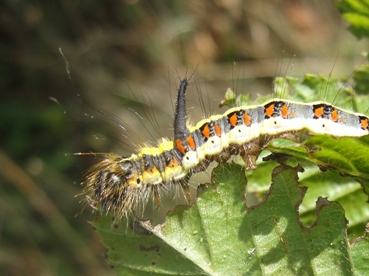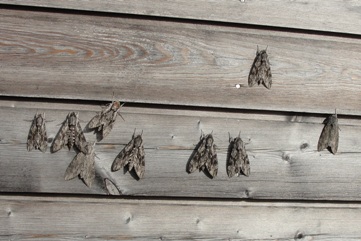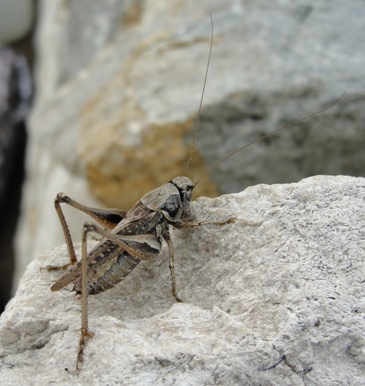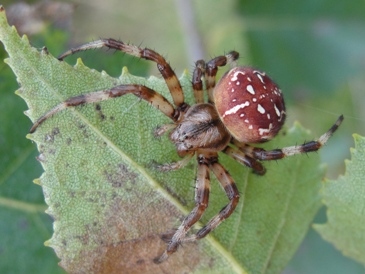Many larvae of large moths can be found up until this time as they finish eating and growing. Many will go to ground to hibernate as a pupa, some as a caterpillar and some as adult moths. Most of the tree dwelling larvae will have already headed towards the ground and be ready to pass the winter but some hang on quite late.This grey dagger moth caterpillar(Acronicta psi) is one of the several types to be found this late in the year, along with Pale tussock(Calliteara pudibunda),buff tip(Phalera bucephala), and Knot grass(Aronicta rumicis).
The adult moth is grey with dagger like streaks on the wings. It eats a variety of plants and tree leaves. The convolvulus hawk moth(Agrius convoluli) is mainly a migrant from southern Europe and north Africa, but some breed in the UK. A moth trap used at Durlston country park at Swanage in Dorset attracted at least nine individuals and other migrants such as the crimson speckled(Utethesa pulchella) of which there were several.Moth trapping on the South coast during September can conjure up anything strange and beautiful.
There is much variation between many moth races and no two individuals are alike.
The Grey bush cricket (platycleis albopunctata) is a coastal living species on cliffs, dunes and rough grassland. They, like other cricket and grasshopper species are very obvious during autumn time.They too are yearly living and die off before the winter leaving their eggs to start the next generation in early summer.
Many spider species are also very obvious at this time of year because the orb weaving species are annual; they hatch from egg sacks layed by females the previous autumn, and over winter inside the egg, to hatch in the springtime and they slowly grow during the summer and only become visible late in the year, mainly females as they grow large and make large orb webs. They mate, lay eggs and then die.Many other spiders live for a year, linked in with our seasons and yet others that hunt on the ground or indoors ,houses and caves or in trees or rocks can live for many years. The spider below is the four spot orb weaver (Araneus quadratus).




